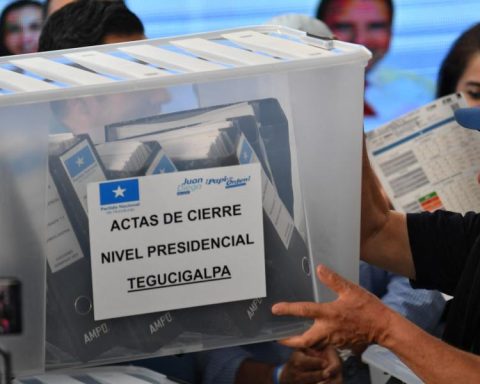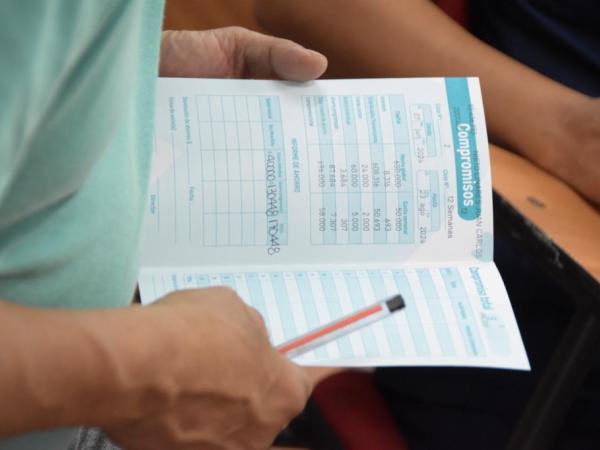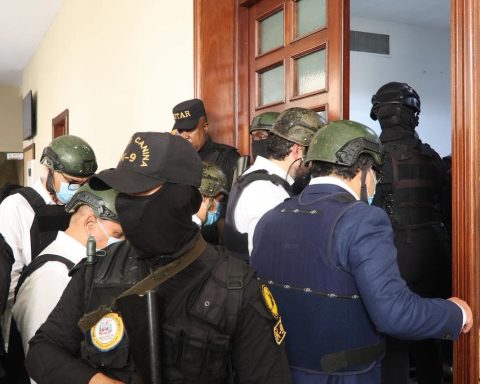Will Donald Trump follow through on his threats? Two months ago he won the election and continues to talk that he will comply with what he said during the campaign: imposition of tariffs and mass deportation of migrants. They are not words to the wind. One reason why we can think that he is serious is the selection of his collaborators. He chose hawks on immigration issues, foreign policy and trade issues, people who represent a hard line, in some cases with more radical positions than those of Trump himself.
This is the case of Tom Homan, who will be the Czar of the border; Marco Rubio, nominated to occupy the Secretary of State, and Ronald Johnson, who will be the ambassador to Mexico. He worked in the CIA and was a Green Beret. He served as ambassador to El Salvador and was key to propping up Bukele. For the Commerce Office, the chosen one is Jamieson Greer, who participated in the negotiation of the T-MEC, as head of Robert Lighthizer’s Office. He will be in charge of the review of the USMCA, which in practice will begin in 2025. We know little about Greer, but in a statement to the New York Times he made it clear that he subscribes to Trump’s vision: “It is about leveling the playing field.” game, in such a way that the [norte]Americans do not have to compete at a disadvantage.”
Mexico is the country most vulnerable to the Trump risk, The Economist’s Intelligence Unit made clear since July of last year. Our vulnerability on the commercial and immigration fronts is expressed in two pieces of information: 83% of our non-oil exports go to the US market and 10.3 million Mexicans lived in the United States in 2022, according to the Pew Center.
The imposition of tariffs would represent a very strong blow to the Mexican economy, because two-thirds of Mexican GDP depends on trade with the United States. We are so integrated that it is impossible to imagine a divorce scenario, but it is clear that this marriage can become something tremendously dysfunctional. The size of the impact will depend on the tariffs that are imposed. What rate and for how long? Trump has mentioned 10 and 20%, but he has also talked about higher percentages. He has said he would use the tariffs to pressure Mexico and Canada to stop the shipment of drugs and the passage of migrants. He has also mentioned that they are a way to compensate the United States for the abuses of its trading partners. In theory, the imposition of the tariffs would occur on Trump’s first day in office with an executive order. They could last a few weeks or several months, depending on the mood of the president of the United States. For Mexico, the risks include volatility in the exchange rate (depreciation of the peso), layoffs in export companies and a drop in GDP. Furthermore, we would be at risk of saying goodbye to the dream of nearshoring. Do you remember that we have been talking about nearshoring for two years as our ticket to economic Disneyland? How many relocation projects would be sustained in a scenario of extreme protectionism from the Trump government and those to come…?
Mass deportations would impact Mexico because there are more than 10 million Mexicans living in the United States. They send 5,000 million dollars a month in remittances, which reach 4.9 million families. In more ways than one, they are equivalent to a social program, because 12% of adults in Mexico receive remittances. Mexican migrants are fundamental in the functioning of some sectors of the United States economy: construction, hospitality, restaurants, personal care and agriculture. How much would remittances fall and what would happen to the Mexican labor market, if thousands or hundreds of thousands of compatriots returned? It will not be easy to implement a mass deportation program, experts warn. It would cost $88 billion per year, according to the American Immigration Council. There is neither the personnel nor the infrastructure to do it in the short term. If recent history serves as a reference, we must take into account that the maximum number of people expelled by the United States does not exceed half a million people in a year. The record is held by Barack Obama’s administration.
It also wouldn’t be easy to impose tariffs in the way Donald Trump is threatening. Some production chains would be dislocated. Mexico is a key supplier for the automotive industry, but also for the aeronautical and electronics industries, for the manufacturing of medical equipment and in food production. Companies that are in Mexico and supply to the United States are not prepared to work with tariffs of 10 or 20 percent. They could not be ready for January 20, nor are they prepared to work in a scenario where the T-MEC is subject to the whims of a government. Tariffs and mass deportations would cause severe damage to the Mexican economy, but also to the US economy. It is difficult to quantify how big the damage would be, because the absurdity is unquantifiable. For the United States it is a shot in the foot. For Mexico, a shot in the spine and something more. We have been building around an idea called North America for three decades and these days we can see that what seemed strong is fragile… extremely fragile.

















